Anytime a rotating assembly is submerged in an oil bath, air bubbles, aka foam, can form on the fluid surface. Lubricants must be formulated to control foam to reduce the risk of mechanical damage.
For example, the crankshaft in engines can create foam in motor oil and differentials can create foam in gear oil. In motorcycles, shared-sump transmissions, where the transmission and engine use the same oil, are good at creating foam.
Foam in hydraulic lifters can create valve train noise because the foam is made of air that compresses and creates lash in the valve train.
Foam can lead to poor component protection and ultimately mechanical damage. That’s why controlling foam is a critical piece of lubricant formulation.
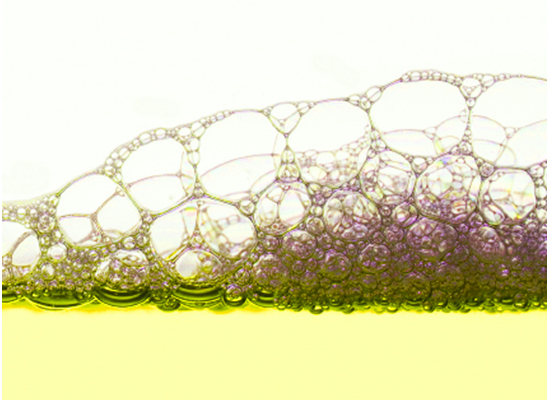
A Host of Issues
There are several ways that foam causes problems:
- Heat — Foam heats to extreme temperatures under pressure, generating steam within the fluid. Then, foam compounds the issue by creating an insulating layer that prevents the heat from dissipating. Heat and water contamination limit the lubricant’s effectiveness.
- Wear — Because air is trapped inside the fluid, the fluid barrier is no longer impenetrable and wear-causing metal-to-metal contact can occur.
- Oxidation — The air trapped in foam promotes oxidation and shortens the service life of the fluid.
Hydraulic and other industrial applications face another issue. When hydraulic fluids foam, they become compressible and can make machinery inoperable or extremely inefficient. These heavy-duty lubricants require special formulations to prevent foaming.
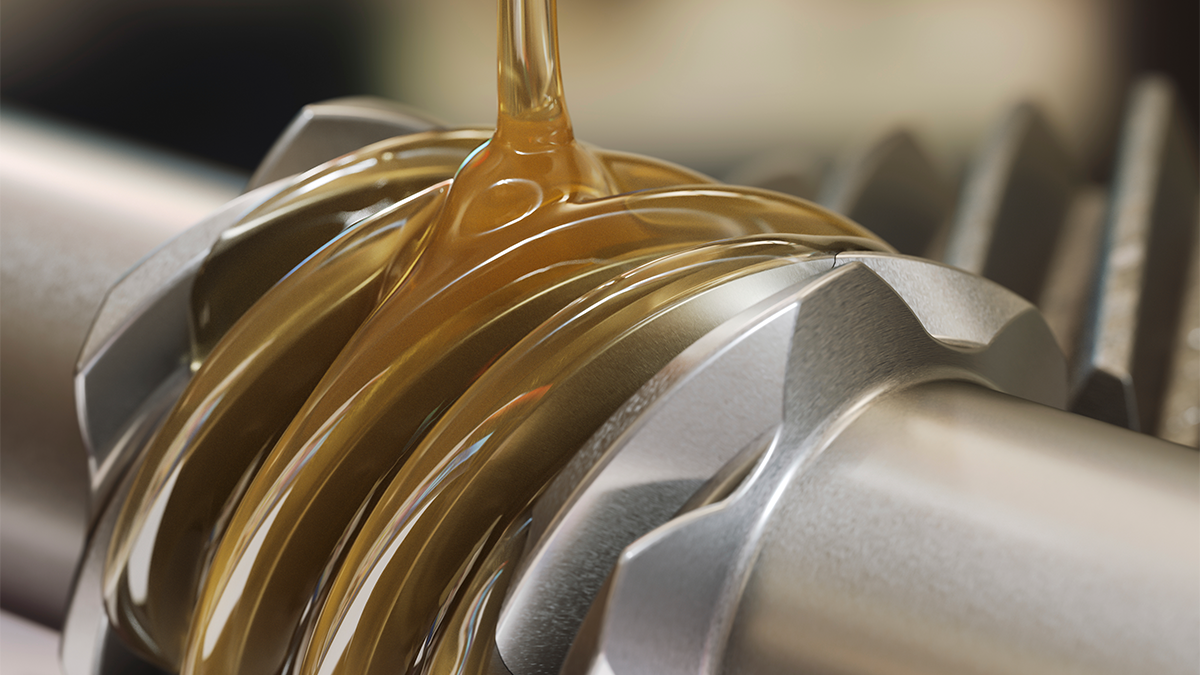

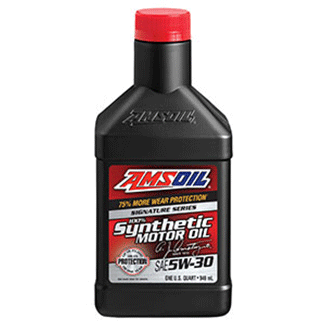
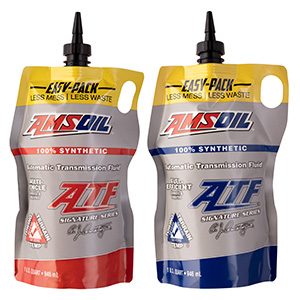
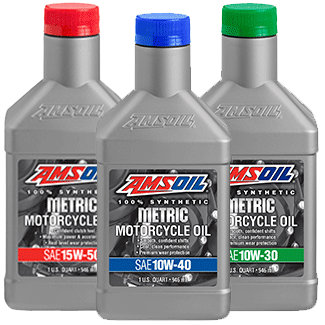

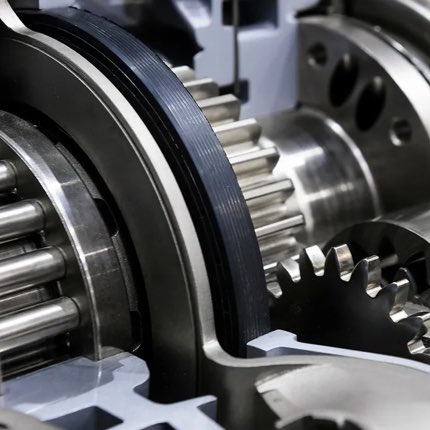
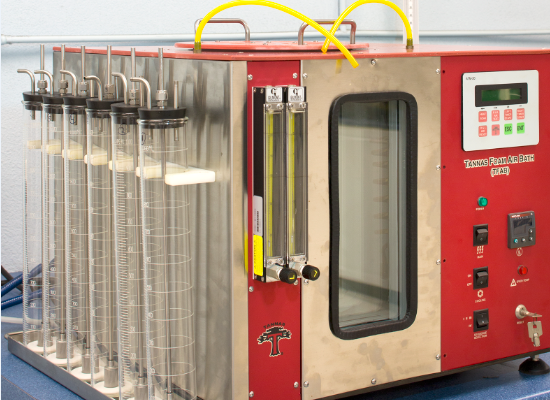
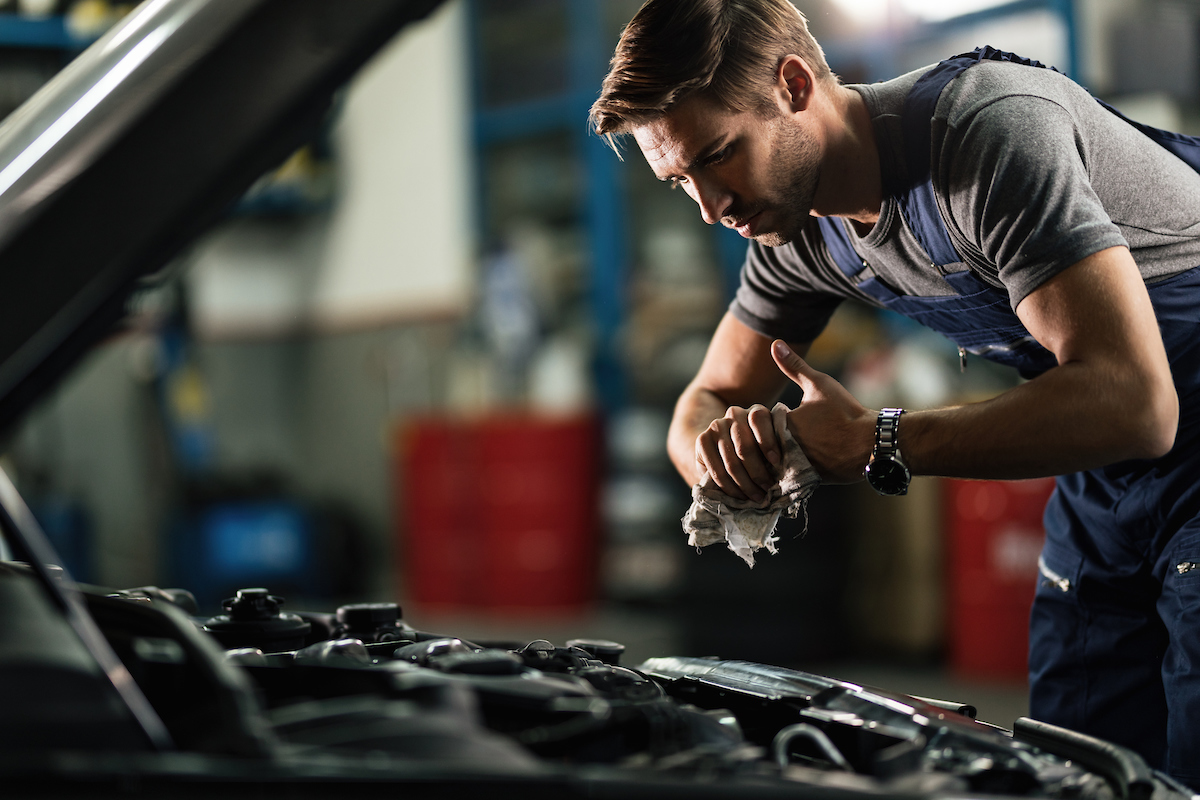
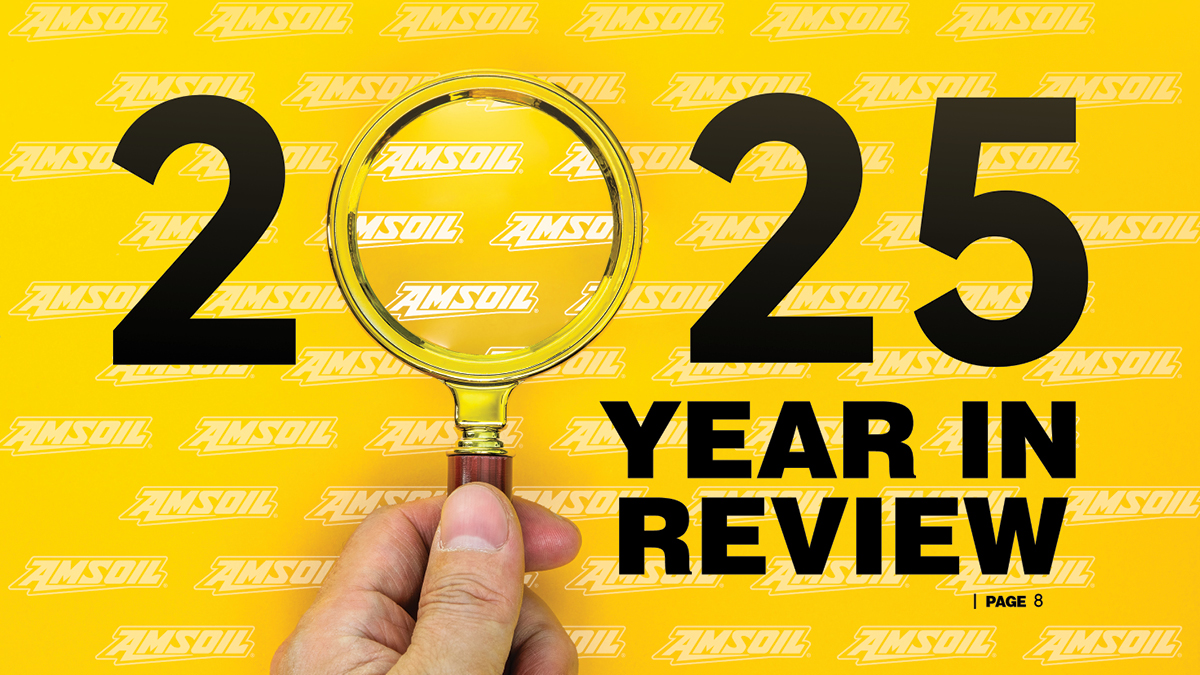
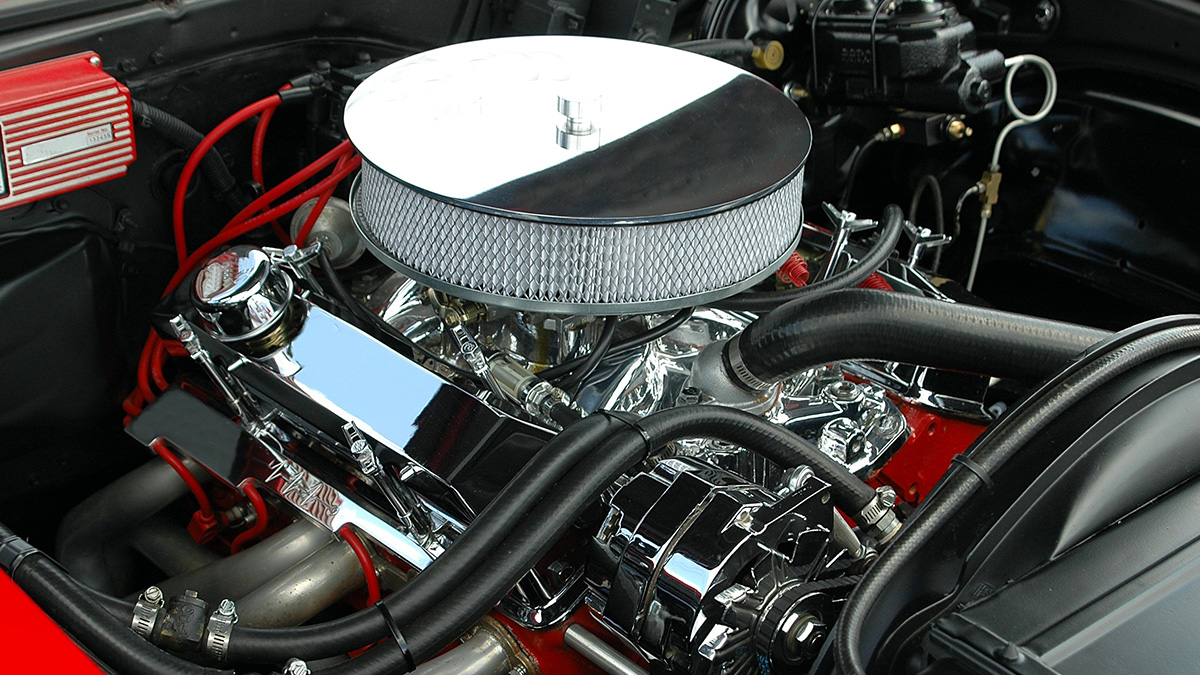

Comments
Brad Nelson is a staff writer for AMSOIL. Outside of work he enjoys family adventures, wilderness exploration and riding/wrenching on vintage metric motorcycles.
Share: